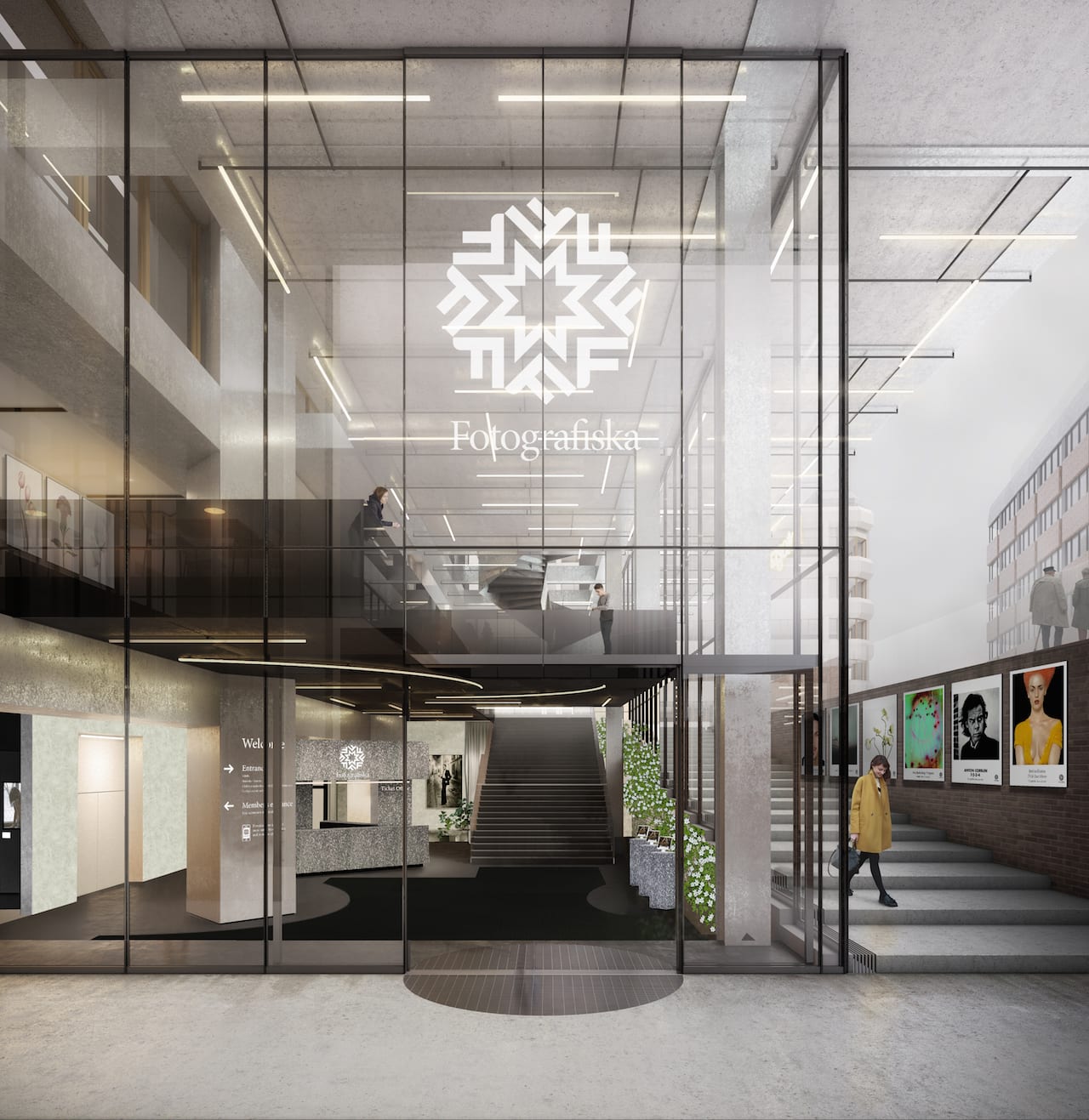“Photography is endlessly linked to technology, it’s always moving forward with it. There are lots of ways you can reproduce a photograph, ways that are often forgotten about,” says Anthony Cairns, describing the technology behind his electronic ink images. Since realising he could freeze the display on his kindle book reader by disconnecting its power, Cairns has acquired over 500 second hand e-readers, mostly from eBay. By hacking into the e-readers he’s is able to upload his photographs, suspend them within the screen, and then remove the screen from the device’s casing. “I’m not a computer whizz kid hacker,” he says, “I just watched a lot of YouTube!” 45 of these screens are now on show at Tate Modern in Shape of Light: 100 Years of Photography and Abstract Art, showing abstract images of global metropolises.










